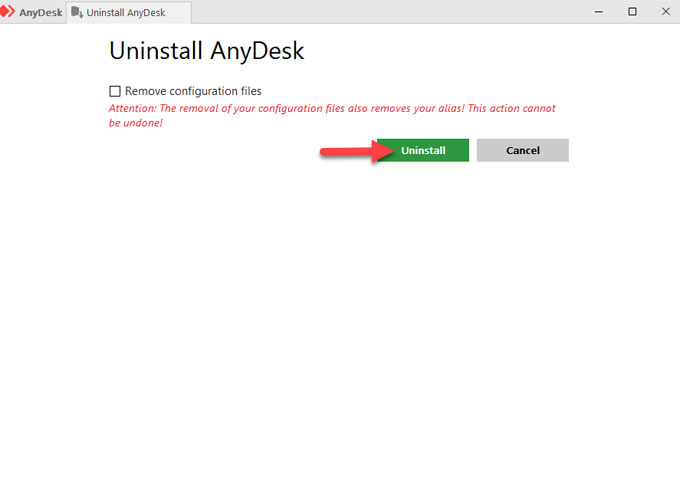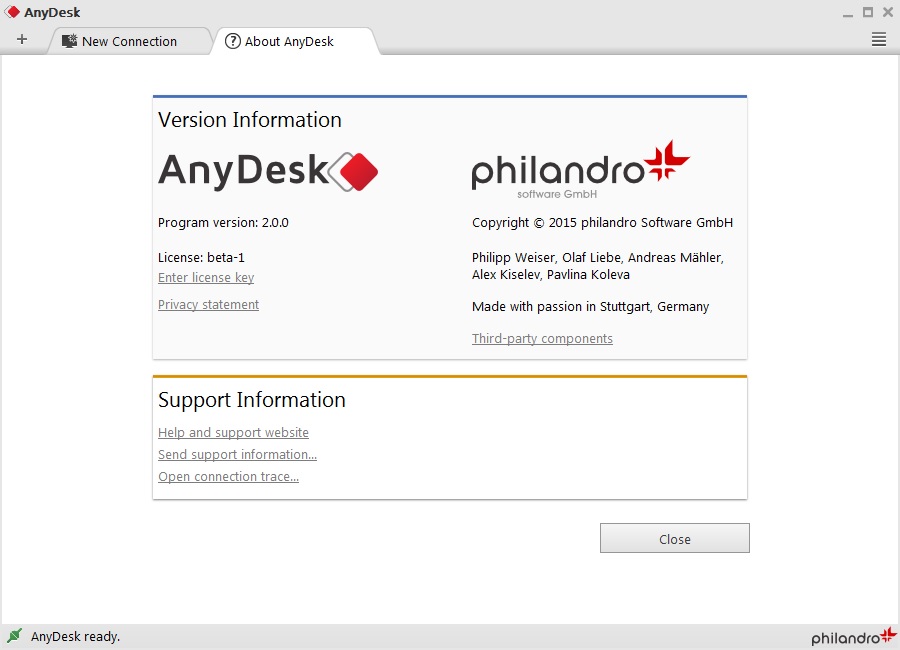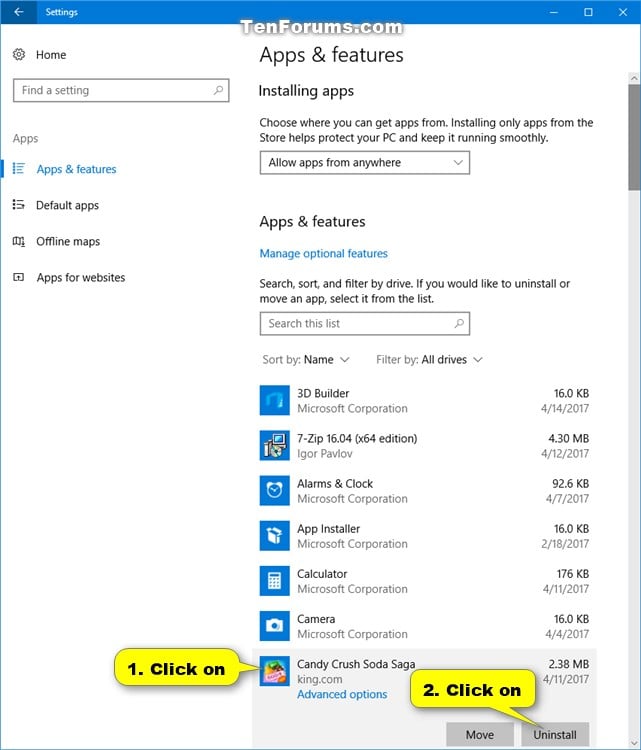


This brings up a convenient chat window that lets you share links, answer quick questions, or even send and receive files to hasten the troubleshooting process. Once you have control of your partner, you can press the default hotkey (F1) to chat with the client. You’re in direct control of the computer in question, expediting the process and helping your client faster. No more having to screen-share and explain where to click, or no more sitting idle and asking the status of progress bars or download times. Once the issue resolves, the end-user can toggle off remote control by simply closing out of UltraViewer.įrom the perspective of technicians from software companies, once your client sends you the ID and password displayed, UltraViewer will let you support your clients quickly and without the hassle of repeated queries and commands.

The end-user sends an auto-generated ID and password to whomever to allow remote access. UltraViewer is a faster and more convenient approach to technical assistance, eliminating the need for travel entirely, and minimizing the amount of time spent with a PC operating below capacity. Those days are thankfully gone: Immediate remote assistance The process was slow, frustrating, and oftentimes expensive. Before remote tools like UltraViewer, when a computer suffered from a software glitch or malware, it would have to be taken to tech support manually.

If it’s an MSI package or a package that has a silent option, PowerShell should be able to take care of it.While remote control of a computer is useful in more ways than one, the main draw for downloading UltraViewer is for IT. How about installing a program on a remote computer? That’s a bit more complicated and depend on the install package. $number + ' is not installed on ' + $ComputerName To find a specific program installed on a remote computer: Get-WmiObject Win32_Product -ComputerName $computername | Where-Object And once again, here is where PowerShell shines.įirst of all, let’s see how to get a list of installed programs on a remote computer: Get-WmiObject Win32_Product -ComputerName $computername | Select-Object -Property IdentifyingNumber, Name If you don’t have a software deployment tool, such as PDQ Deployment, uninstalling programs from a remote computer could be quite painful.


 0 kommentar(er)
0 kommentar(er)
